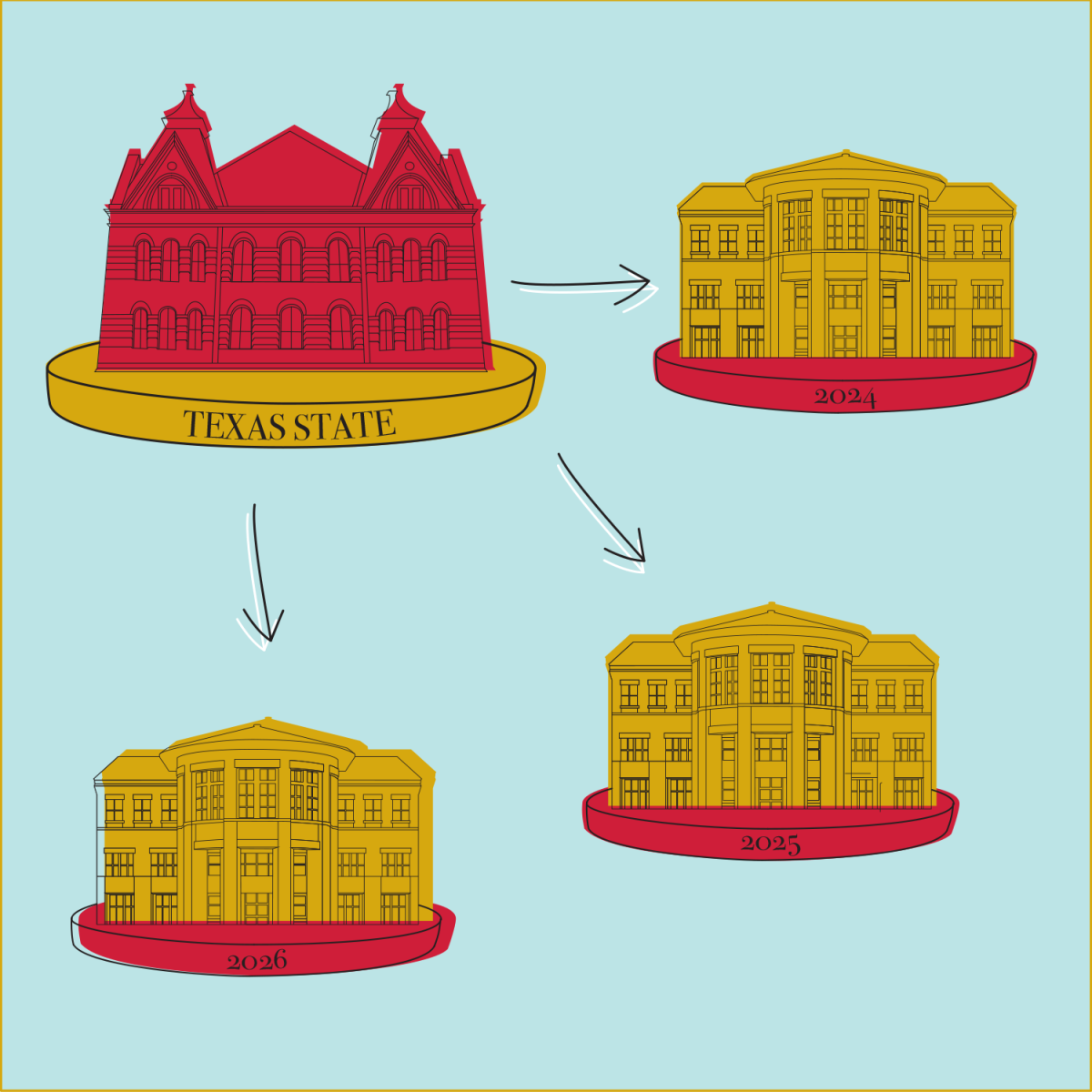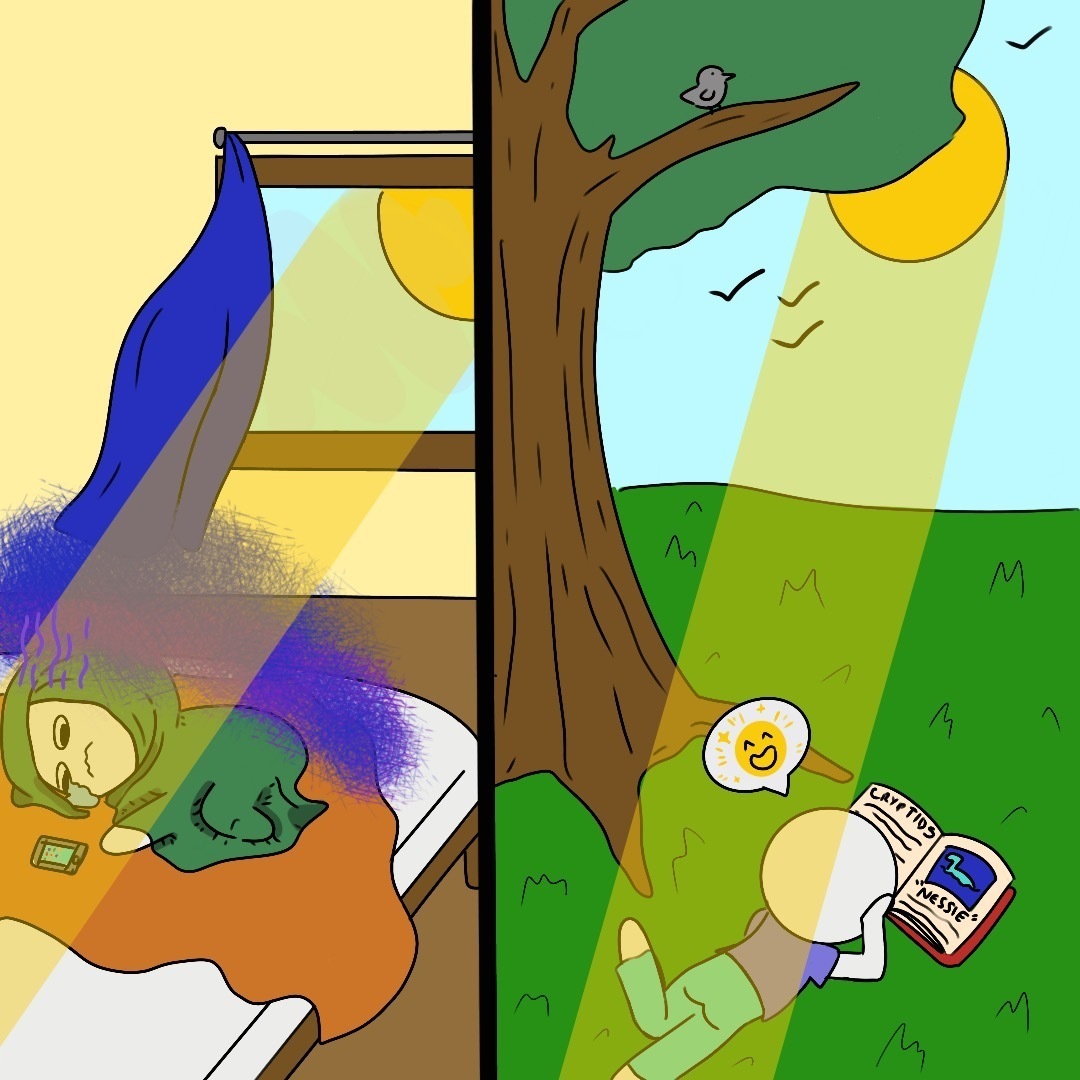Planning for upcoming semesters should be simple. Students need more certainty due to increased concerns regarding parking, housing and finances.
These growing concerns, such as overpopulation in housing, transportation and parking permit grievances are common in student rhetoric. The search to alleviate some of this pressure on students is growing, but one solution Texas State could consider is the option of satellite campuses.
Satellite campuses offer a multitude of benefits to students pursuing different degree plans. An example of one university recognizing this is Texas A&M’s engineering partnership program with Austin Community College (ACC).
Through this program, students can pursue an engineering degree from Texas A&M with the option of doing two years at select ACC campuses and eventually transferring to the main campus in College Station. For students who struggle with financial aid and transportation concerns, staying close to home and saving is a better option than spending the two or more years of tuition the main campus would require.
Texas State already has this partially available to some students through the Round Rock campus. Classes are available for those pursuing nursing degrees and allowing credits from community colleges. However, the Round Rock campus only offers select junior and senior courses.
As for satellite campuses, it is worth considering implementing a closer partnership with Texas junior colleges. Hosting classes on junior college campuses would broaden the Texas State student map to a grander and more accessible scale.
Another option Texas State may consider is a system similar to the Alamo Colleges District in San Antonio. The Alamo Colleges District is a five-college system that offers over 500 programs, including online courses, trade institution classes and continuing education degrees for students on and off campus. A partnership like this gives students more control over their degree plan and the financial advantage of a local college.
Texas State is a host to about 37,000 students. About 25,000 of those students attend online classes both in part and exclusively. The growing concerns surrounding admissions began exponentially increasing after the pandemic.
The convenience of community colleges, online courses and in-person main campus classes lessen the stark contrast of jumping from isolation to complete immersion in a giant campus. In addition, after completing introductory courses and higher-level classes are required, students can transfer to the central university at their own pace.
More options were available for courses that could increase attendance rates.
According to Texas State’s attendance statistics, about 80% of undergraduate students are full-time, and 20% are part-time. The hope of introducing satellite campuses is to decrease this gap to something less polar. Part-time students would have more accessibility to courses in their community which could encourage a full-time option. Since taking a class close to home is more accessible than trekking to San Marcos daily, satellite campuses could appeal to commuters.
A Texas State satellite campus option is also a cheaper alternative. Online courses and community college costs pale compared to a four-year bachelor’s degree tuition statement. Under the Texas State umbrella, this alternative would encourage students to transfer in and alleviate their financial concerns.
With the Texas A&M Engineering program at ACC, tuition, financial aid and scholarships are handled conjointly by both schools, depending on the number of hours taken. However, the cost of housing, meal plans and other on-campus fees are nonexistent in this case. For in-state qualifying Texas State students, this cuts the overall attendance cost by over half, from $27,720 to $16,260. This is a game-changing option for students struggling financially or concerned with their future economic situation.
Satellite campuses, as well as joint partnerships between community colleges and universities, offer a multitude of problem-solving options for both the university and students. Alleviating pressures surrounding parking, finances and housing concerns is just the tip of the iceberg when exploring these outlets.
-Megan Stanford is an international relations junior
The University Star welcomes Letters to the Editor from its readers. All submissions are reviewed and considered by the Editor-in-Chief and Opinion Editor for publication. Not all letters are guaranteed for publication.
Opinion: Satellite campuses could aid Texas State
April 21, 2023
Donate to The University Star
Your donation will support the student journalists of Texas State University. Your contribution will allow us to purchase equipment and cover our annual website hosting costs.

























